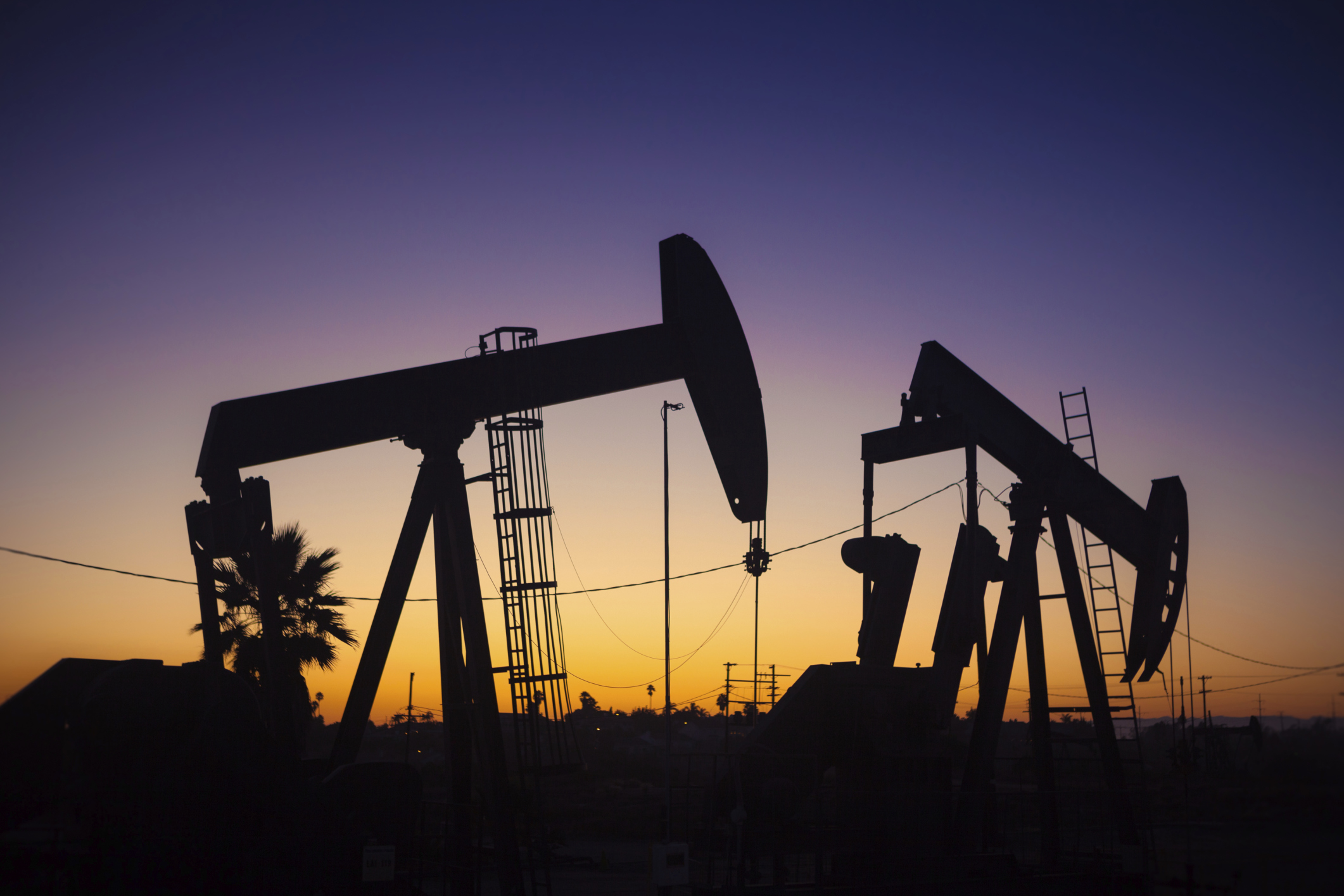The Iran nuclear deal: what does it mean for the price of oil?
 Iran deal and its consequences
Iran deal and its consequences
The lifting of sanctions on the fourth largest crude exporter will put further downward pressure on oil prices. But don’t expect to see the full effects immediately. Here’s why…
What exactly makes up the ‘Iran Deal’?
After almost two years of negotiation, 14 July saw the the unveiling of an agreement designed to cut off Iran’s pathway to nuclear weapon development. The quid pro quo – and the major talking point for anyone with an interest in commodities futures, was the lifting of sanctions. If all goes according to plan, this should allow Iran to reclaim its seat at the top table of oil exporters.
For Iran to go back online however, the International Atomic Energy Agency (IAEA) has to be satisfied that the country is sticking to its obligations under what the international negotiators have tagged the Joint Comprehensive Plan of Action (JCPOA). This requires Iran to reduce its uranium stockpile by 98% and to keep it at that level for 15 years. Its heavy water facilities have to be redesigned to preclude the production of weapons-grade plutonium and the country will not be permitted to accumulate any more heavy water – again for 15 years.
If a sticking point capable of burying the whole agreement was to arise, it would most likely be over “suspected covert activity”. Remember that no sovereign nation relishes the thought of strangers snooping around their military hardware. Under the IAEA Safeguards Agreement, inspectors are entitled to request access to any site (including military sites) that they deem suspicious. Over the coming months, if the Iranian authorities appear to be turning unduly obstructionist and if the heat from sceptical US Congress members becomes intense, traders should take this as an early warning sign that the plan of action could be going awry, and another short term response may be evident in oil prices.
It is estimated that UN, US and EU sanctions have cost Iran more than $160bn since 2012. Once the IAEA confirms that the country is sticking to the script, the country will unlock $100bn in frozen overseas assets, will access the global financial system and will be able to resume selling oil on international markets.
When will Iranian oil be available?
The announcement of the deal saw an inevitable knee-jerk reaction: a $2 drop on Brent Crude futures. But then came the rally as it became clear that a lot has to happen before Iran can return to business as usual. The release of frozen foreign funds will help the country get back to full production, but even with this, the raising of shipments will be a gradual process. Consultants quoted by Reuters have suggested that it could take up until the second half of 2016 before oil from Iran hits the market in significant quantities, with a forecast indicating that it will take a year for Tehran to raise crude exports by just 60 percent.
How does Iran fit into the wider picture for oil?
The immediate effect of the lifting of sanctions is likely to be witnessed in the offloading of an estimated 30 million barrels of oil reportedly stockpiled by the country. While this could result in a downward spike initially, it is unlikely in itself to trigger a sustained impact on benchmark crude oil prices, given that it constitutes only a small proportion of daily global consumption.
Production is key – and Iran is likely to be producing roughly an extra 1 million barrels a day at full throttle. Against the background of a 2.5 million barrels per day global production glut, this could signify a likely further widening of the gap between demand and supply. Shell’s recent announcement that it was slashing 6,000 jobs provided a further bearish indicator and a perspective on how the industry views the immediate future.
So what are the forecasters telling us? OPEC recently suggested that although this year will remain flat, demand for its product will increase next year as non-OPEC countries scale back on production. Such pronouncements are, however, to be taken with a pinch of salt as OPEC is very often looking to find reasons to ramp up production – regardless of what is happening elsewhere in the market. For a perhaps more balanced view, Goldman Sachs recently came out with a revised forecast, suggesting that Brent crude will average $58 this year, rising modestly to $62 in 2016.
It’s also important to consider the re-awakening of Iran in the context of what else is happening, so pay particular attention to the following:
- The Middle East. If what was happening currently in the Levant was being played out a decade or so ago, it’s unlikely that we’d be looking at an oil glut. What’s changed, of course, is that US production has ramped up massively in that time. Look out, however, for suggestions of anything that may threaten Saudi stability (and therefore Saudi oil production rates) as a possible bullish indicator over the coming months.
- China. The recent stock market turmoil may not have an immediate effect, but if consumers are being robbed of net worth and Chinese companies find it harder to raise capital, there could be trickle down implications for oil.
Want to find out more about how fundamentals should be taken into account when making trading decisions? Check out our guide for helpful hints and tips.